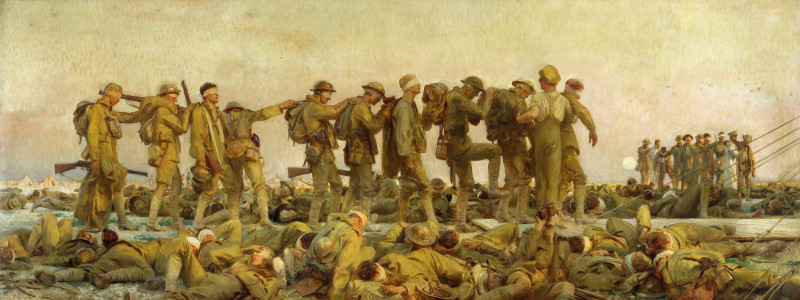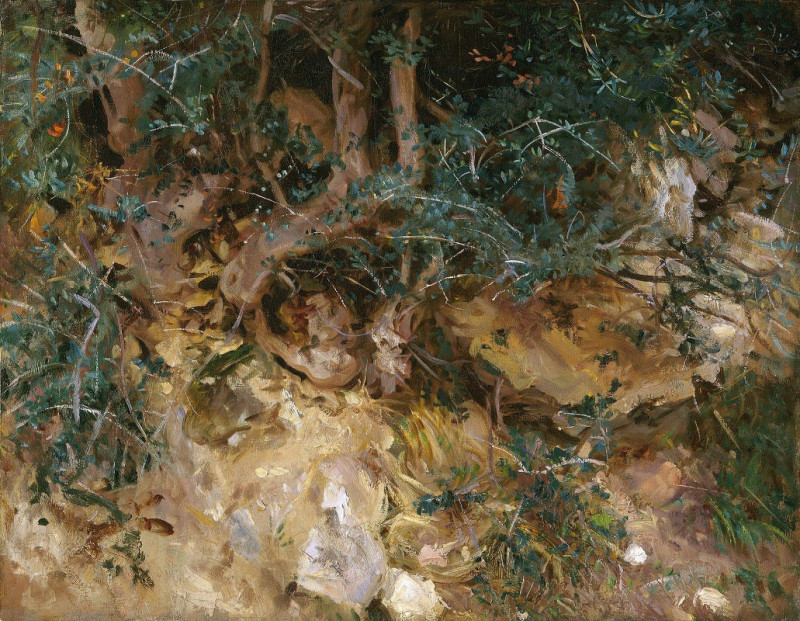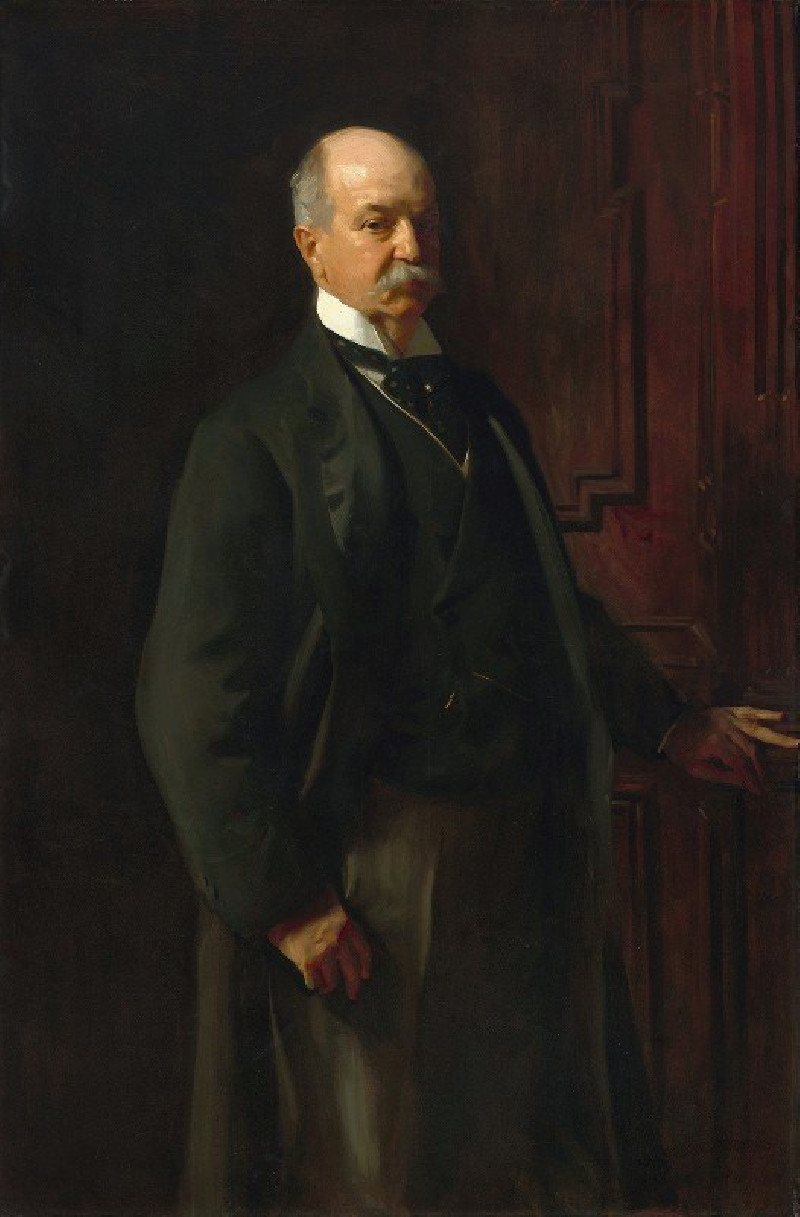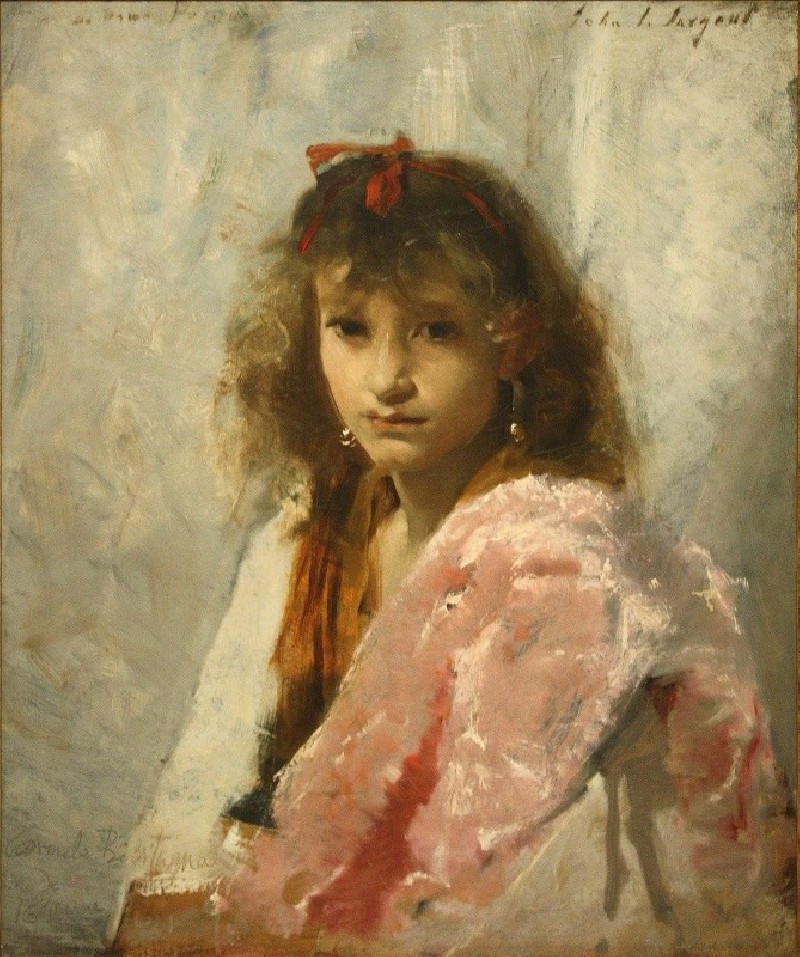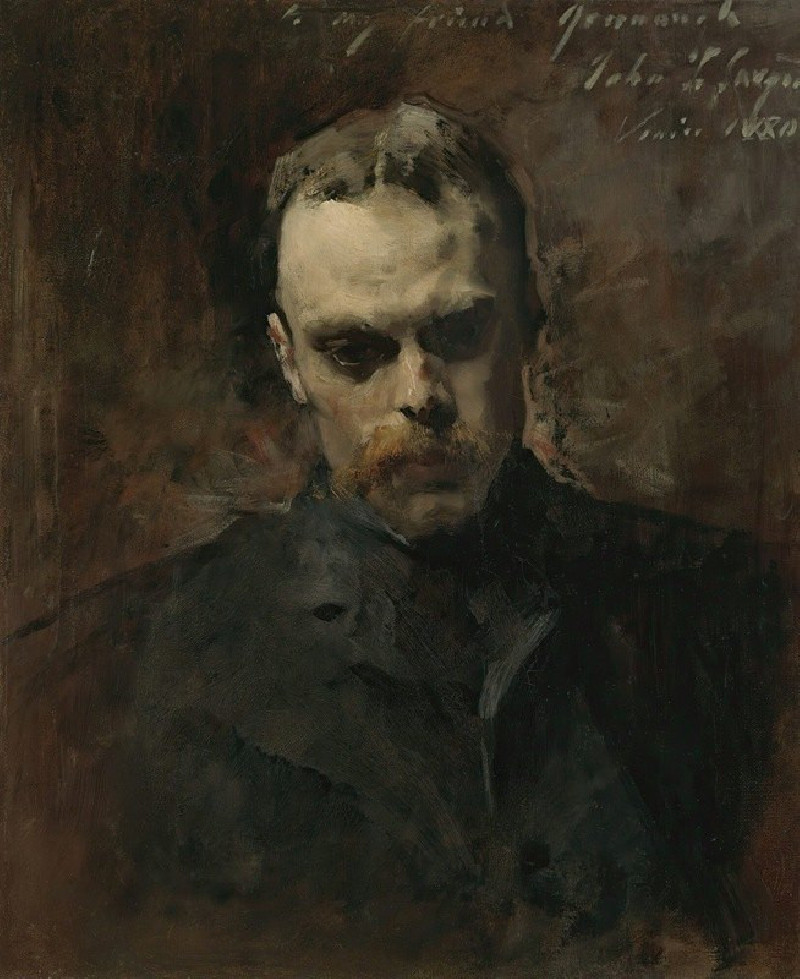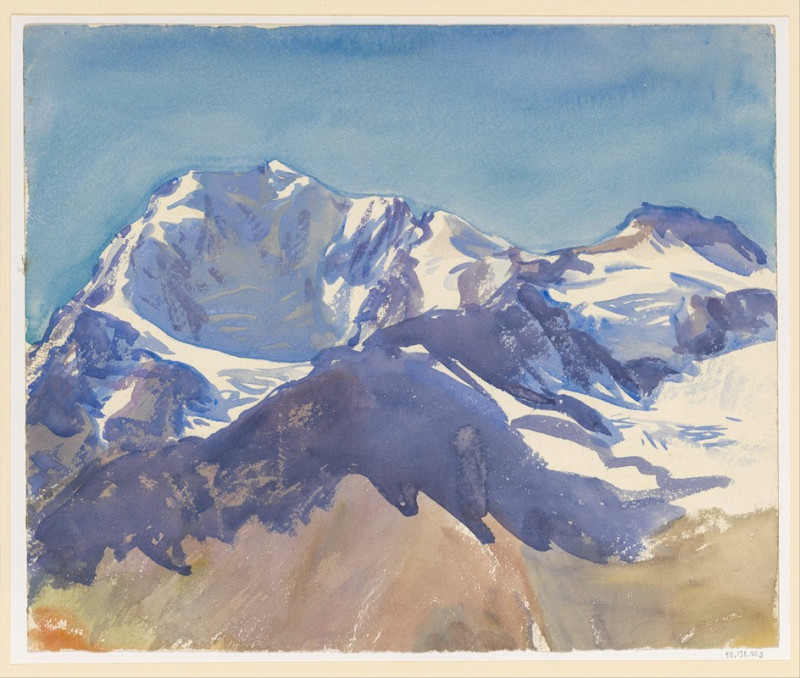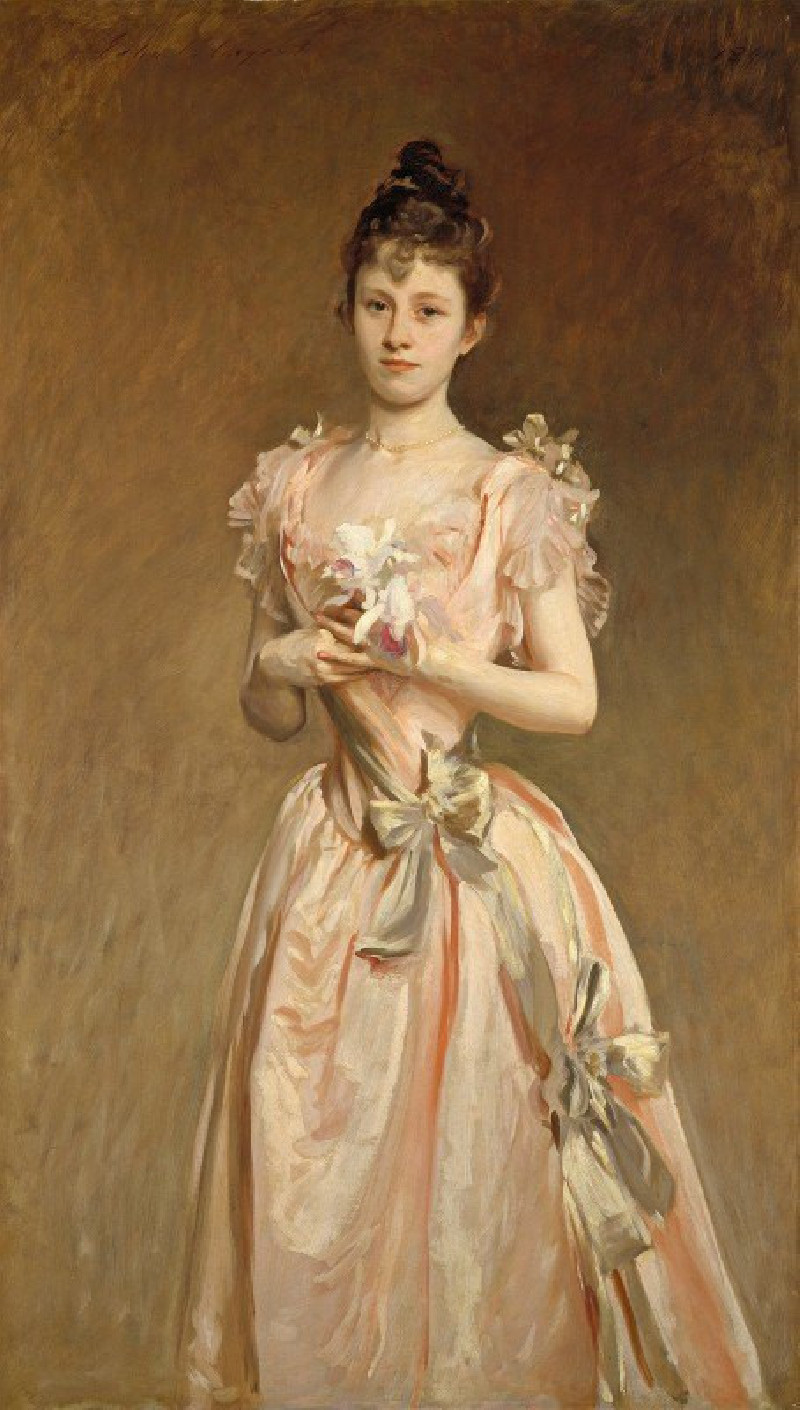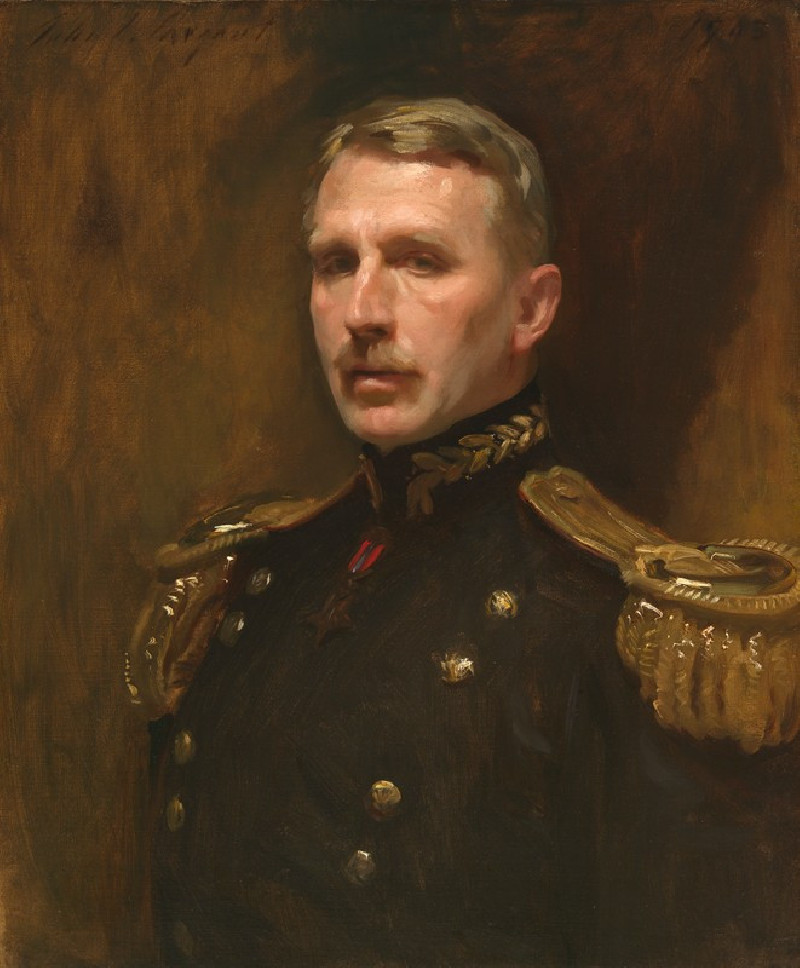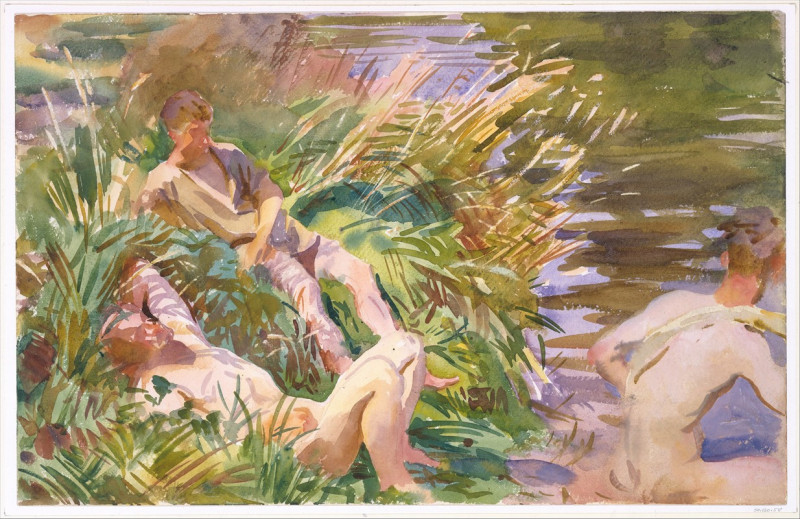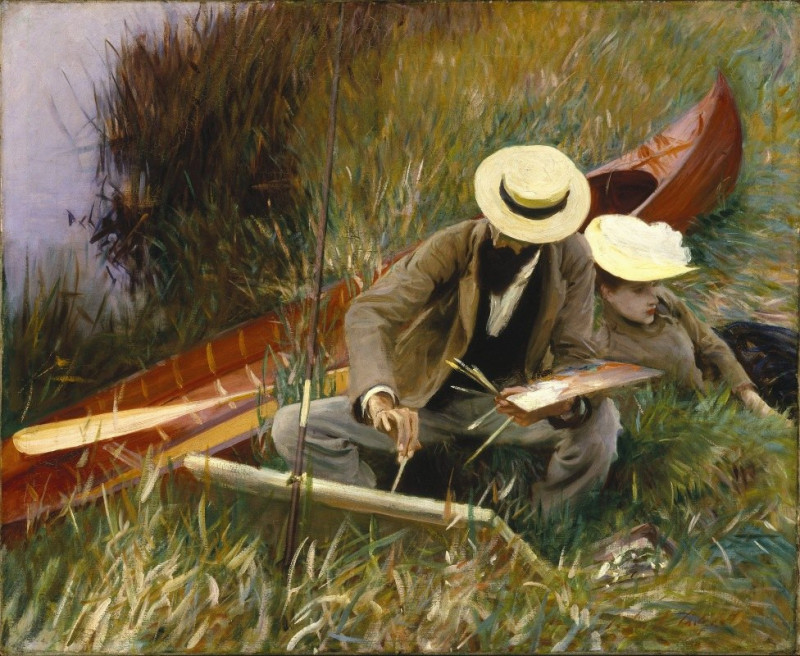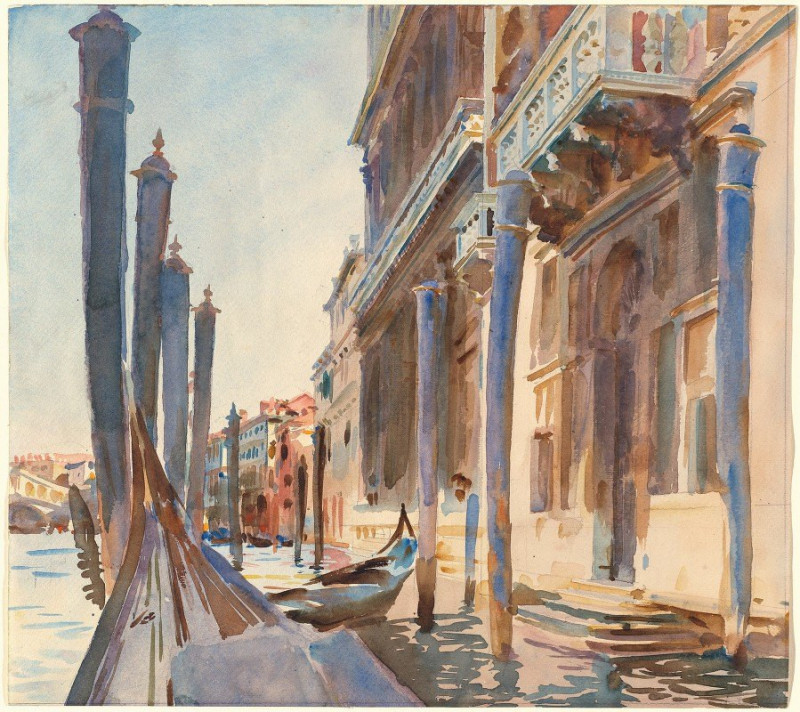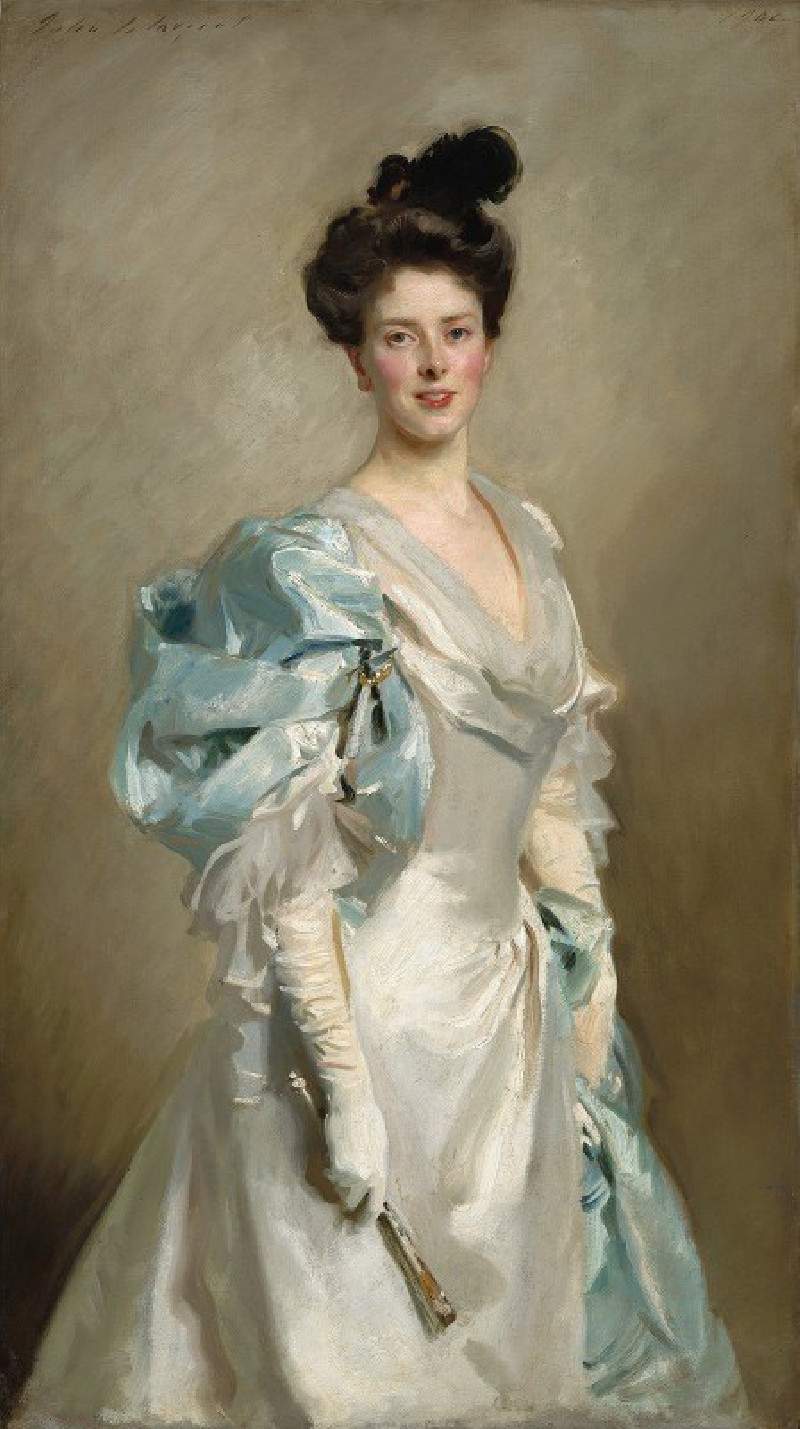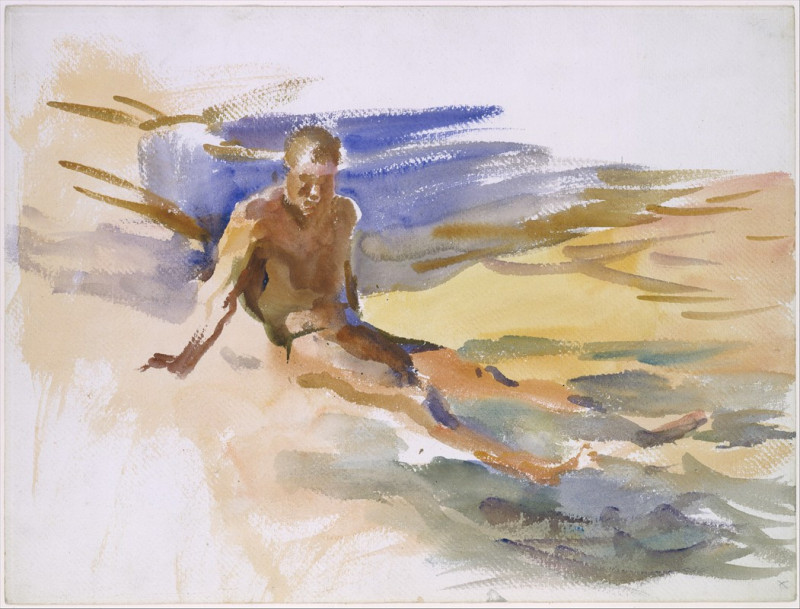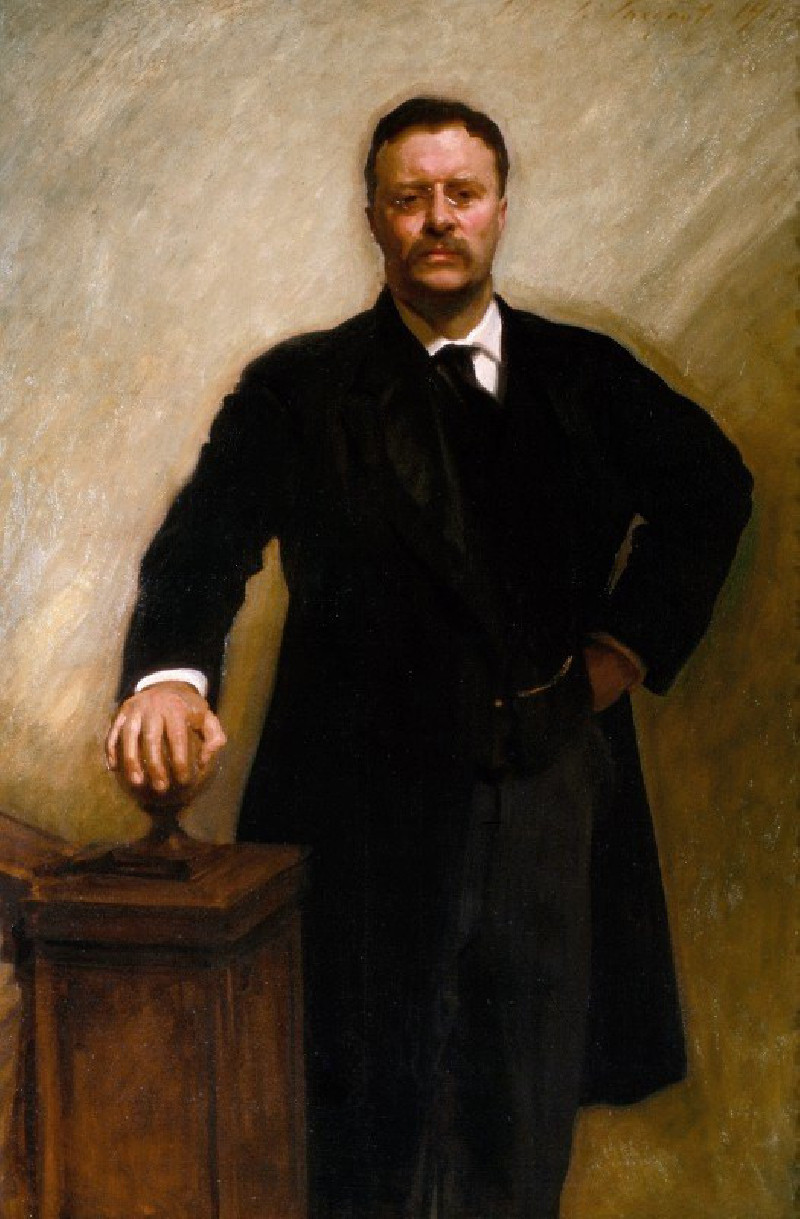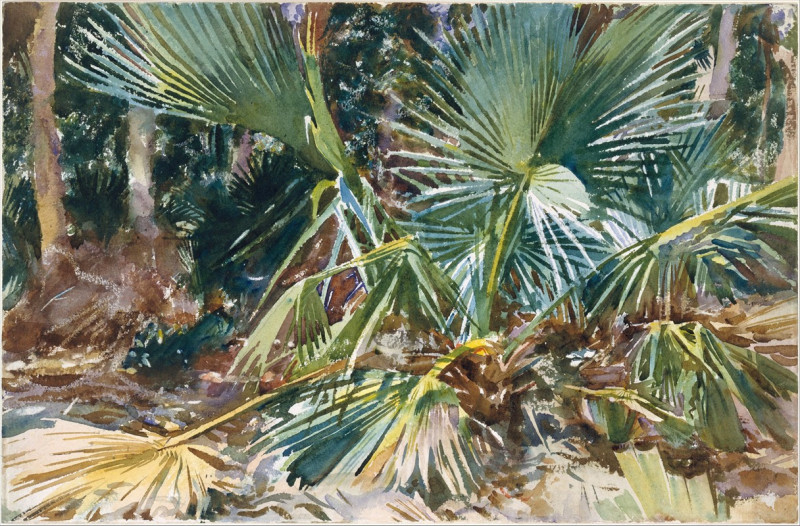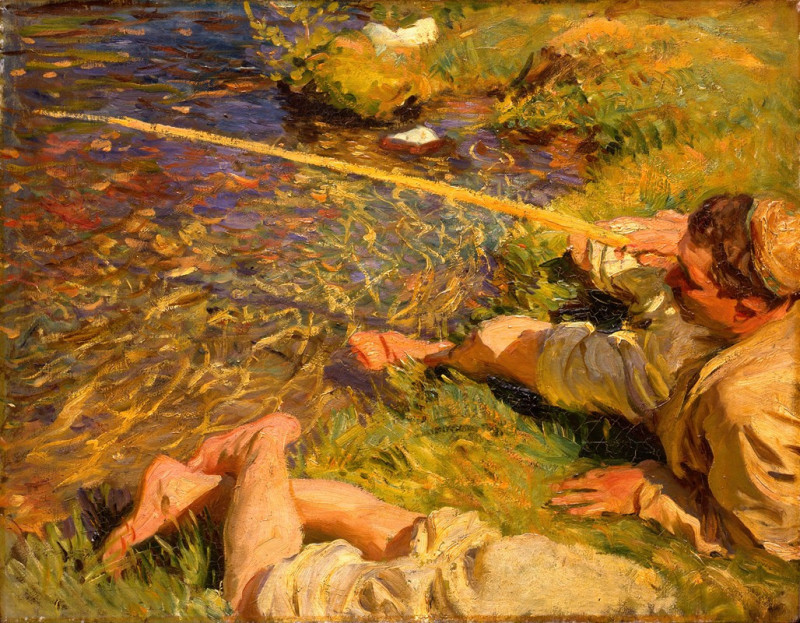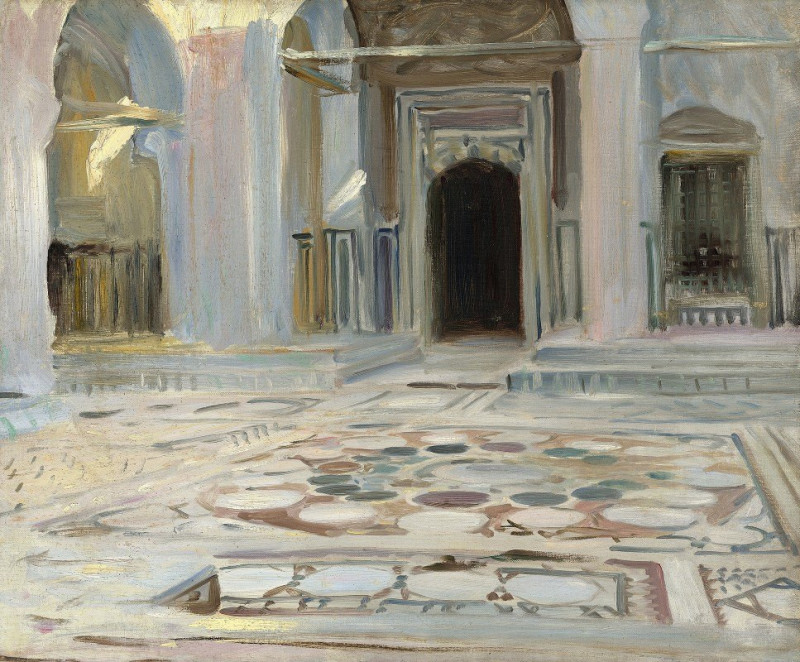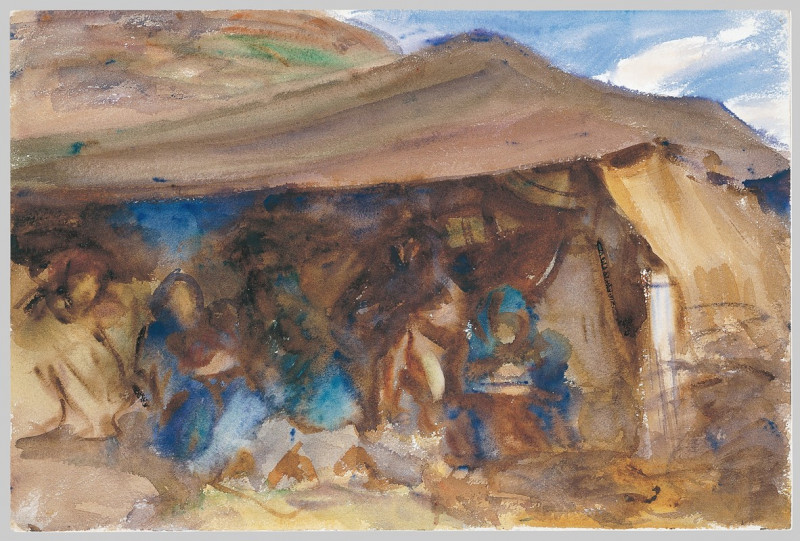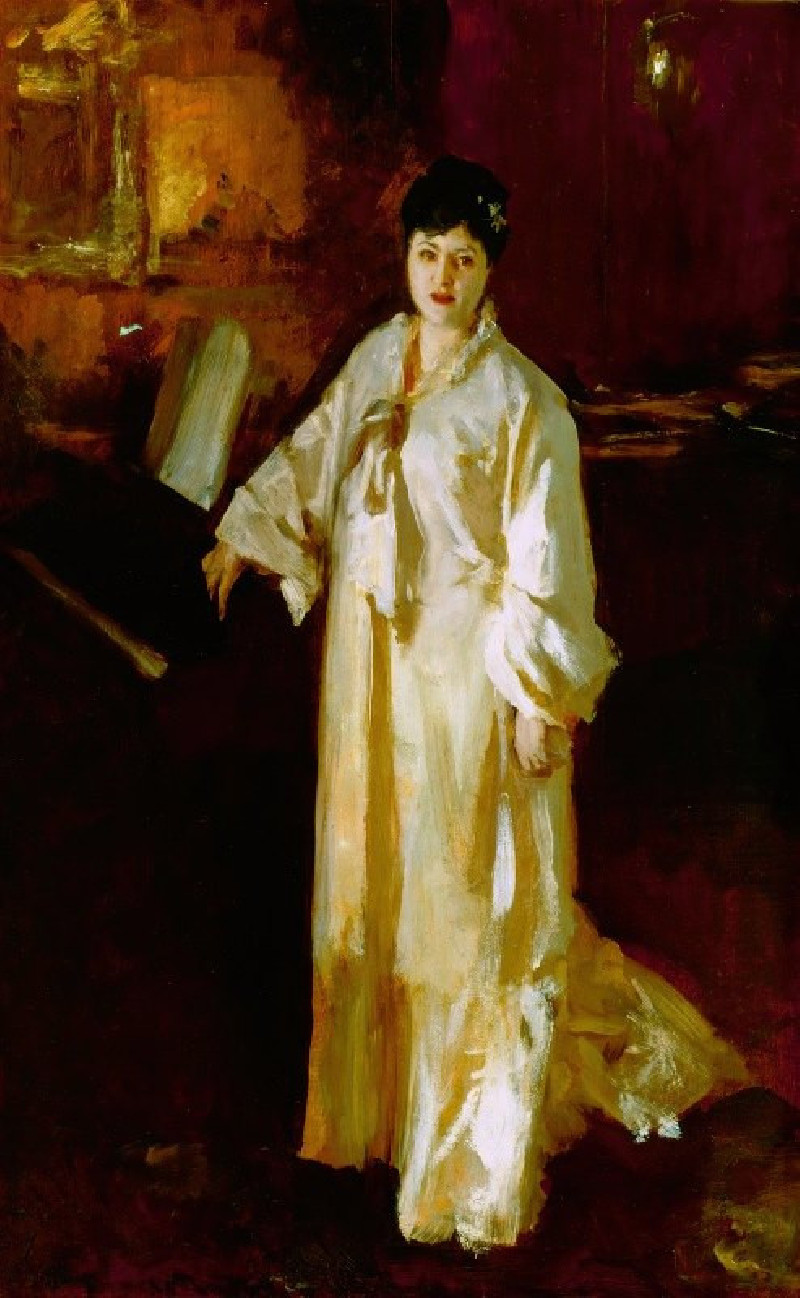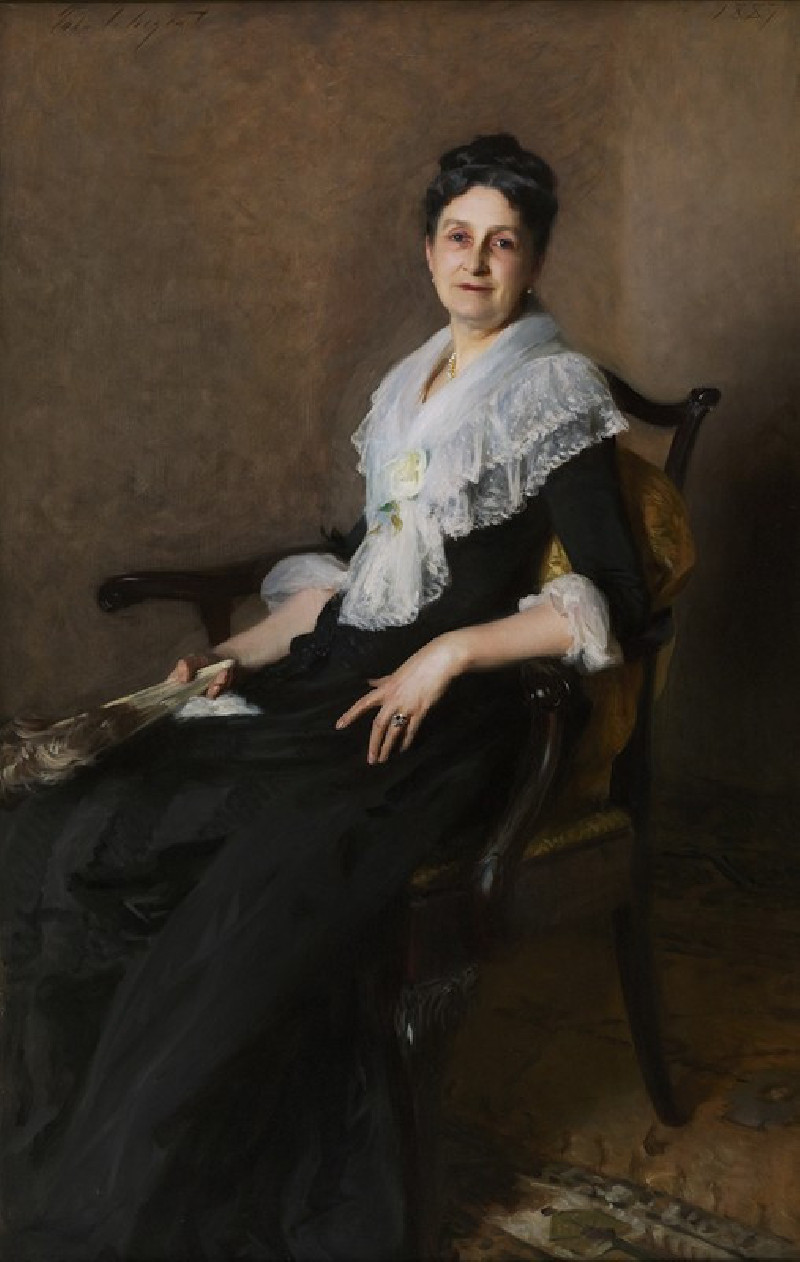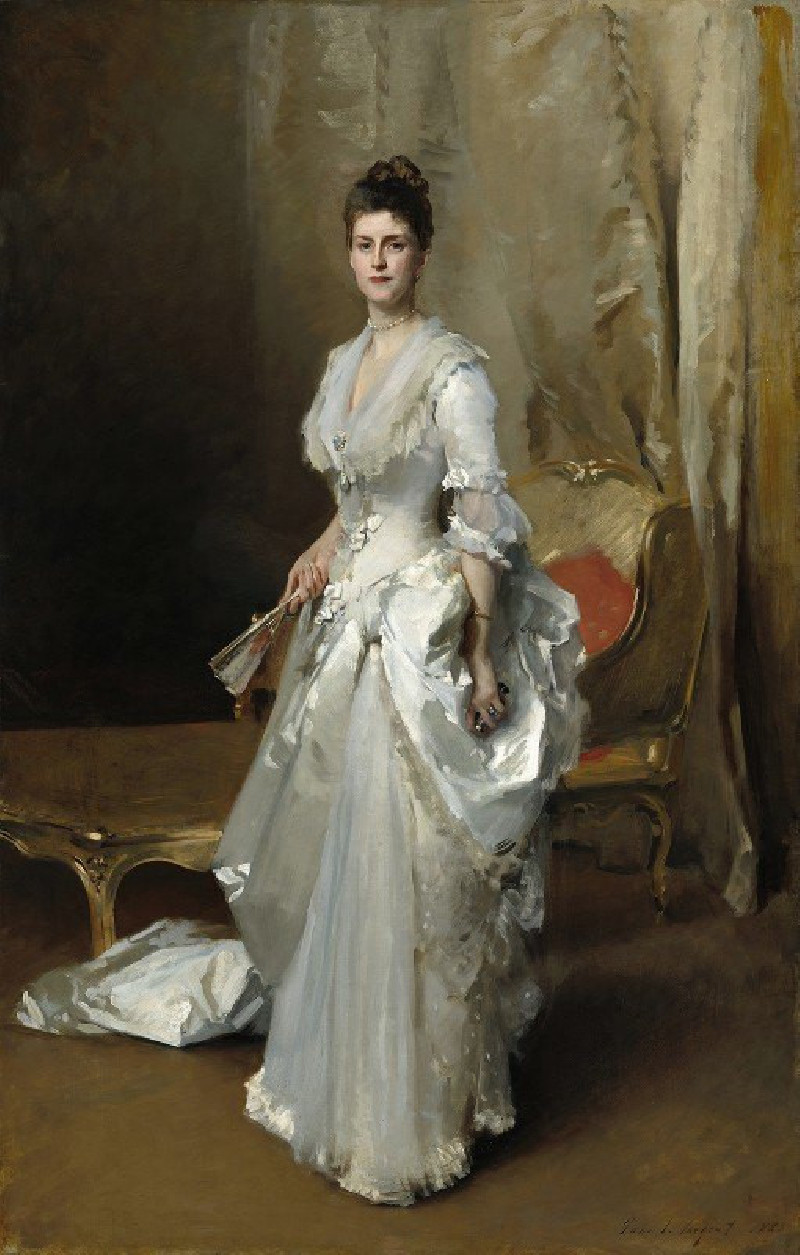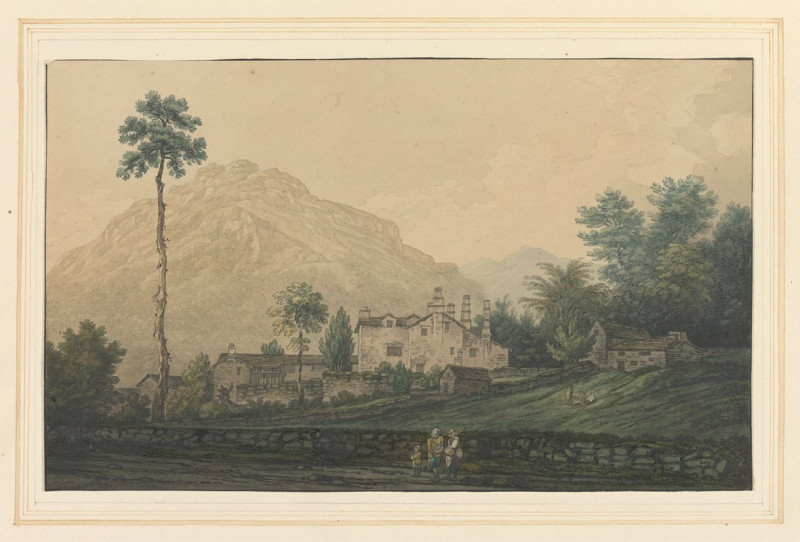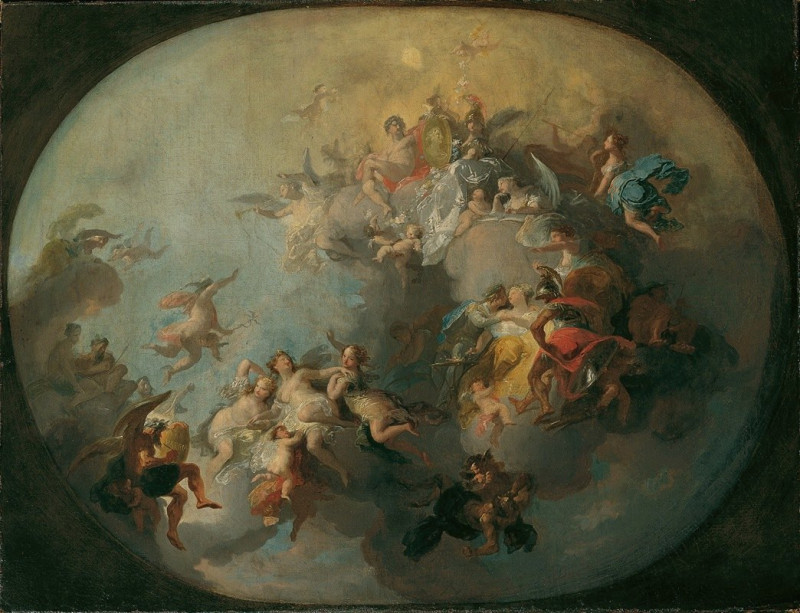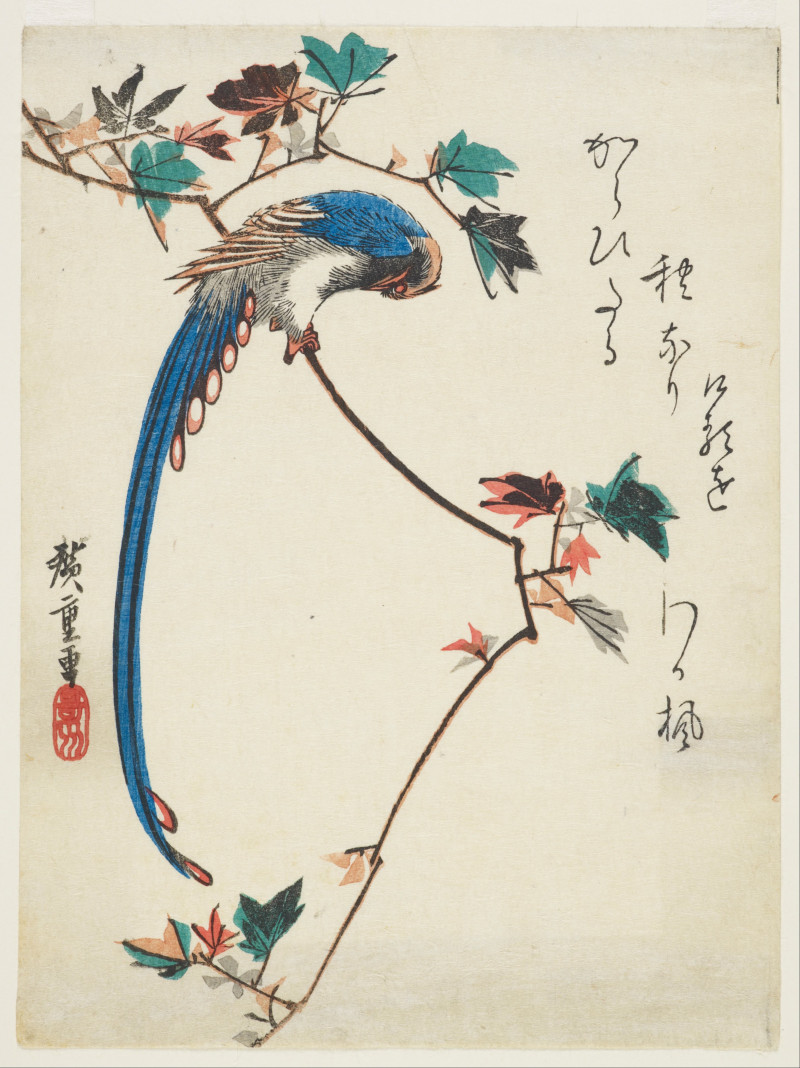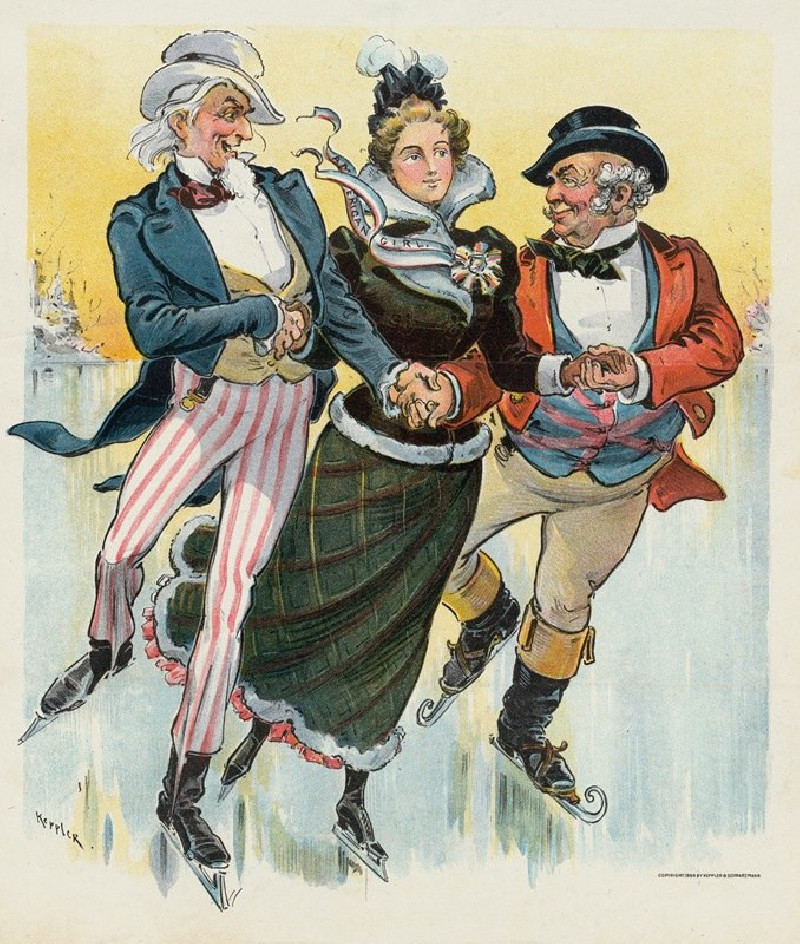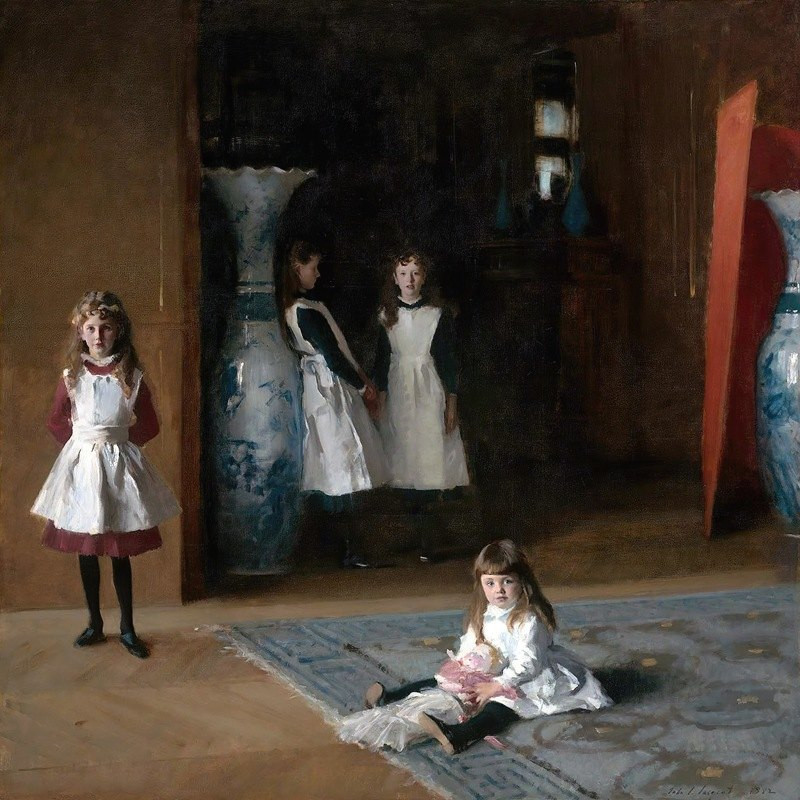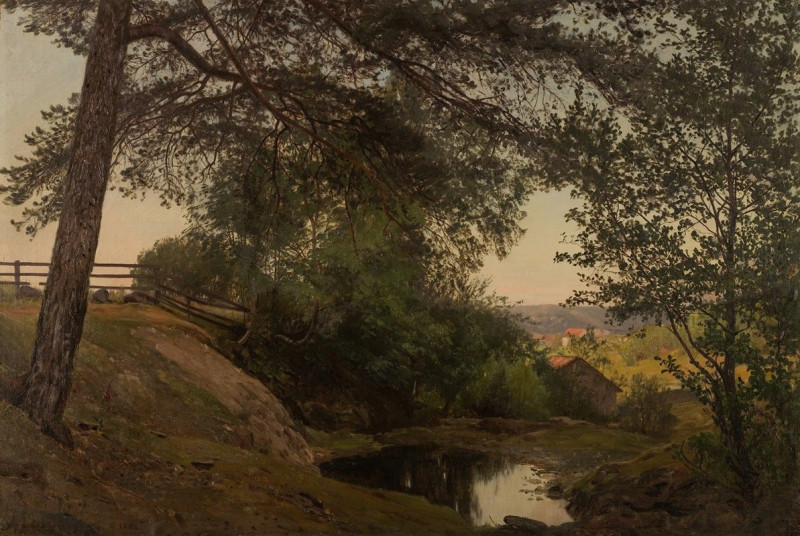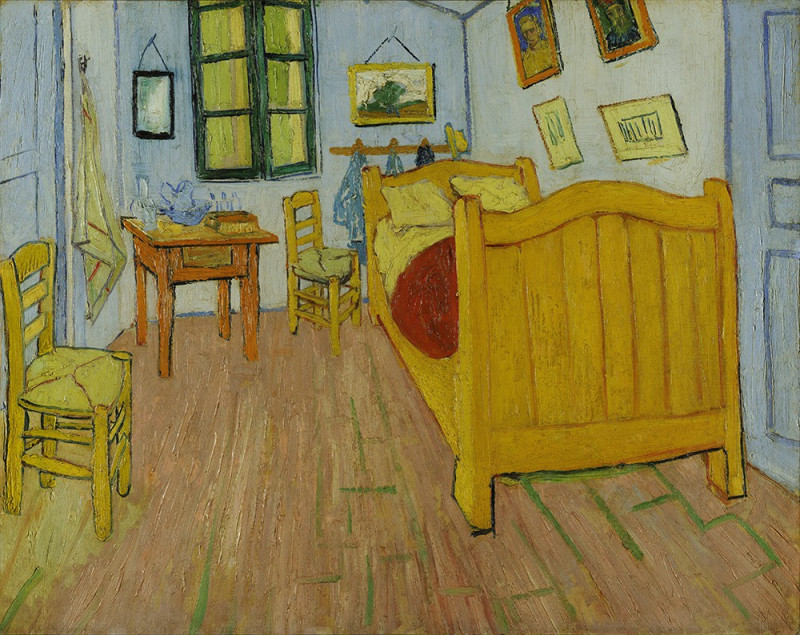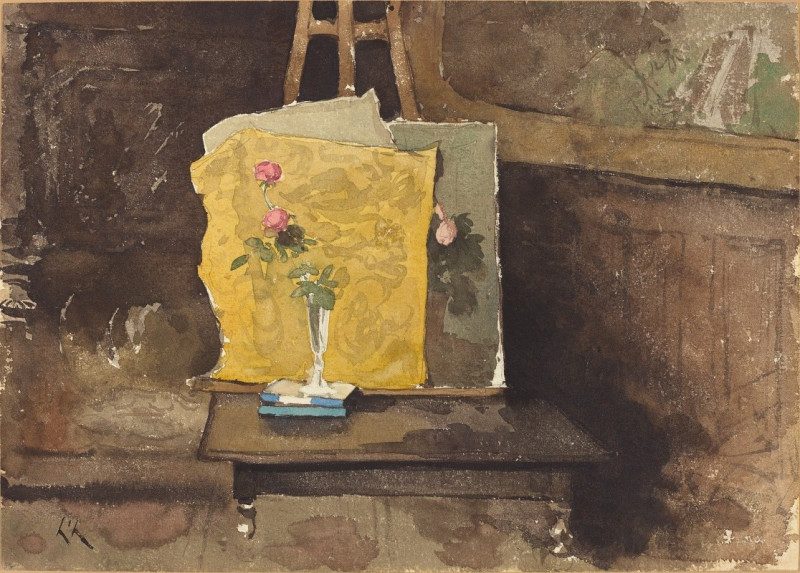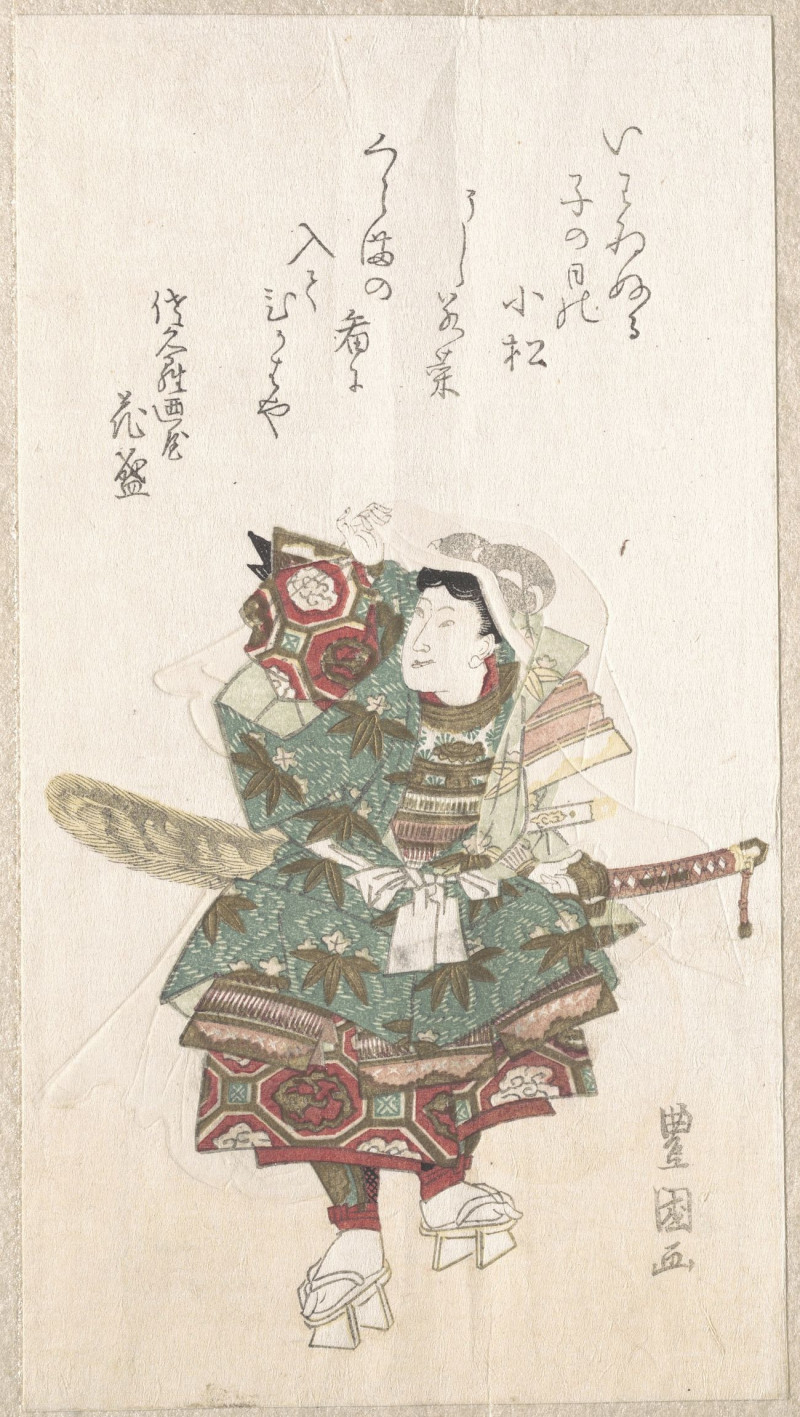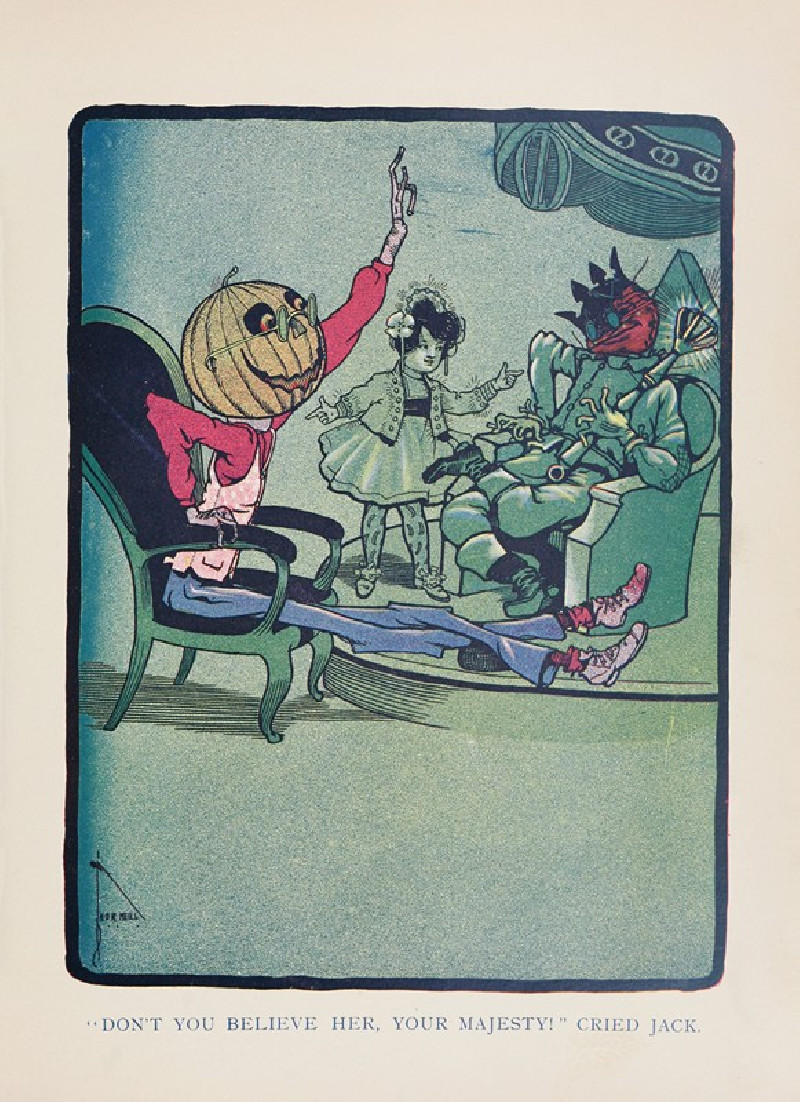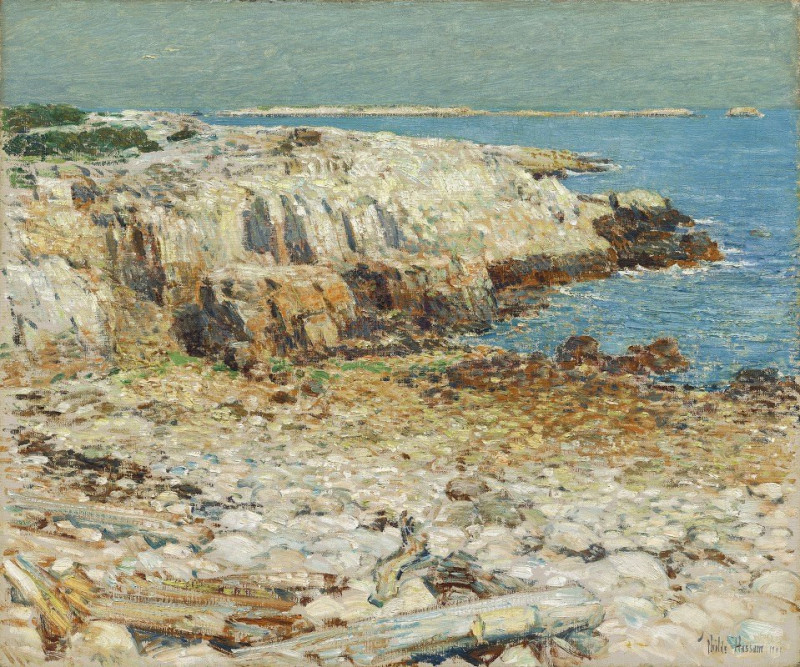Gassed
Technique: Giclée quality print
Recommended by our customers
More about this artwork
John Singer Sargent's monumental painting, "Gassed," captures a profoundly somber moment from World War I, articulating the human cost of chemical warfare. This striking work, completed in 1919, measures an impressive 231 x 611 cm and is currently held in the Imperial War Museum in London.The scene unfolds under a vast, fading sky, shedding light on a line of soldiers blinded by mustard gas. These men, each with their eyes bandaged, are guided by their comrades along a duckboard through a desolate battlefield. The background, saturated with a muted palette of yellows and grays, intensifies the atmosphere of desolation and the lingering effects of the toxic gas.In the foreground, numerous other soldiers lie sprawled across the ground, overwhelmed by the effects of gas, some clutching their throats, indicative of their suffering. Despite the calm demeanor of the walking soldiers, the painting is imbued with a silent agony — a powerful reminder of war's relentless brutality.Sargent’s use of light not only illuminates the central figures but also casts long shadows, symbolizing perhaps the long-reaching consequences of the war. The detailed, almost gentle portrayal of each figure contrasts sharply with the harsh reality of their circumstances, making "Gassed" not only a poignant tribute to the resilience and solidarity amongst soldiers but also a stark commentary on the horrors of modern warfare.
Delivery
Returns
Born in Florence to American expatriate parents, John Singer Sargent (1856–1925) is considered Europe's leading portrait painter of the Edwardian era. He was educated at both Accademia delle Belle Arti and Paris's École des Beaux Arts. While in Paris, under the guidance of Émile–Auguste Carolus–Duran, a portraitist and muralist, Sargent learned to paint directly from observation without first sketching, employing a fluidity, influenced by the Impressionists. Sargent created more than 2,900 paintings, mainly portraits and landscapes from his travels across the Atlantic, Europe, the Middle East and America.

